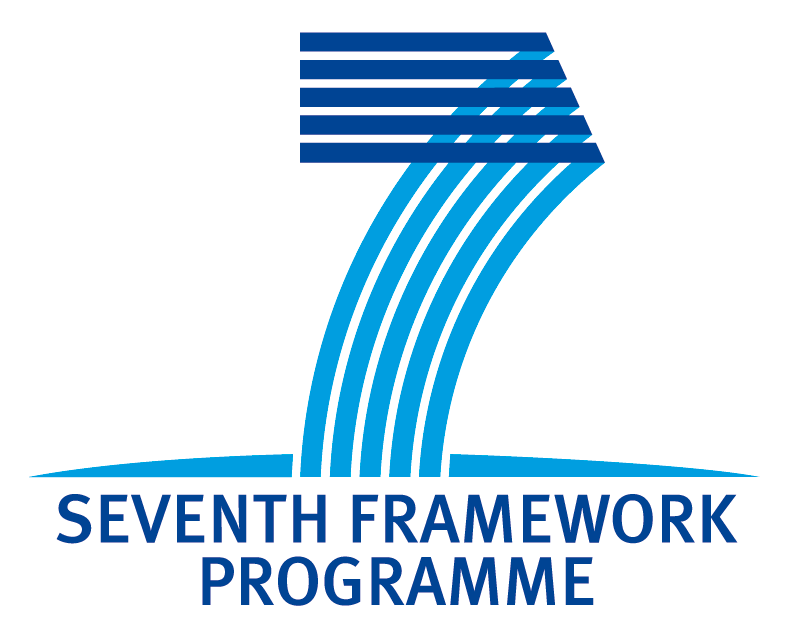Project
Gene Therapy for Inherited Severe Photoreceptor Diseases.
The retina represents the visual sensory receptor of the central nervous system (CNS) and its synaptic organization is similar to that of other CNS structures. The photoreceptor cells (rods and cones) in the retina are responsible for conversion of the light stimuli into electric signals (phototransduction) through to the retinal ganglion cells (RGC) and then to the visual cortex.
Inherited severe photoreceptor diseases are due to mutations in genes preferentially expressed in the photoreceptor cells of the retina, ultimately leading to retina degeneration and blinding. AAVEYE will be focusing on two specific inherited photoreceptor diseases, namely Retinitis Pigmentosa (RP) and Leber Congenital Amaurosis (LCA) due to mutations in PDE6B and AIPL1 genes, respectively.
Vectors derived from the adeno-associated virus (AAV) have proven to efficiently transduce the retina of animal models and AAV-mediated gene transfer appears to revert retinal pigment epithelium (RPE) defects.
The ultimate goal of the proposal is to develop gene therapy strategies for the treatment of inherited severe blinding disorders.
To develop efficient and safe gene therapy for inherited severe photoreceptor diseases the following tasks should be accomplished: i. development of safe gene therapy vectors that transduce photoreceptors in small and large animal models stably and safely; ii. provide proof-of-concept of the efficacy and safety of gene therapy strategies in animal models of disease, and iii. characterize at the molecular and clinical levels patients affected with inherited photoreceptor diseases in order to detail the disease clinical history and to select individuals that might be treated in future trials.
The safety and feasibility of AAV-mediated gene transfer is tested in humans for the first time by the AAVEYE consortium, potentially leading to the phenotypic and functional rescue of inherited severe photoreceptor degenerations.

